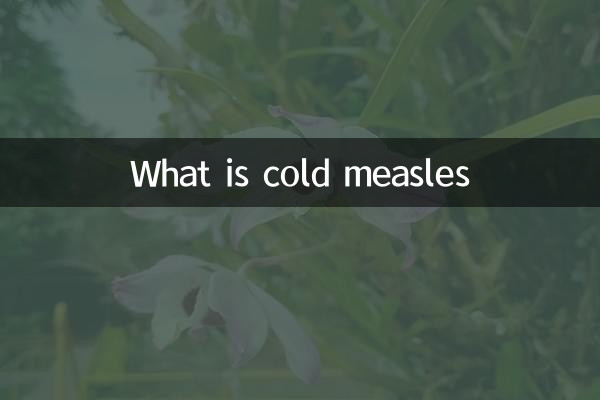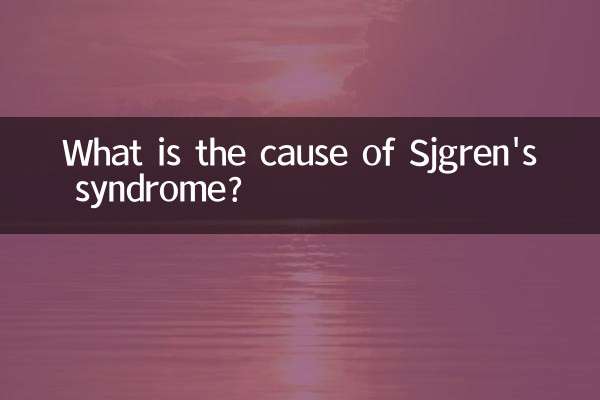What is cold urticaria
Cold urticaria is a skin allergic reaction caused by low temperature environment or cold stimulation, and is a type of physical urticaria. After patients come into contact with cold air, cold water or cold objects, symptoms such as redness, swelling, itching or wheals will appear on the skin. The following is a compilation of hot topics and structured data about cold urticaria on the Internet in the past 10 days.
1. The main symptoms of cold urticaria

| Symptoms | Description |
|---|---|
| Skin wheals | Red or pale raised patches appearing locally or all over the body |
| itching | accompanied by a strong itching or burning sensation |
| angioedema | In severe cases, swelling of the lips and eyelids may occur |
| systemic reaction | Rarely accompanied by dizziness and difficulty breathing |
2. Recent hot topics of discussion
| topic | attention index | Main content |
|---|---|---|
| Prevention of high incidence in winter | 92% | How to prevent attacks with warm clothing and medication |
| Difference from common urticaria | 85% | Discussion on the specificity of temperature-induced mechanism |
| Children's illness cases | 78% | Parents share experiences of children getting sick after swimming in winter |
| New treatment options | 65% | The use of biologics in refractory cases |
3. Analysis of pathogenesis
When the skin is exposed to a cold environment, mast cells abnormally release inflammatory mediators such as histamine, leading to capillary dilation and increased permeability. The latest research found that this is related to the oversensitivity of TRPM8 cold receptors, which are mainly distributed in skin nerve endings.
4. Latest data on diagnostic methods
| Check method | Accuracy | Implementation |
|---|---|---|
| ice cube test | 89% | Place an ice cube on your forearm for 5 minutes and observe the reaction |
| cold challenge test | 93% | Use professional instruments to control temperature stimulation |
| Serum tryptase test | 76% | Blood tests within 2 hours of attack |
5. Hot recommendations for prevention and control measures
According to recent statistics from dermatology outpatient clinics in tertiary hospitals, the most effective prevention and treatment options include:
| measures | efficient | Things to note |
|---|---|---|
| stepped cold adaptation | 82% | Need to be carried out slowly under the guidance of a doctor |
| antihistamines | 90% | Newer generation non-sedative drugs are more recommended |
| biologics | 68% | For severe cases mediated by IgE |
6. Suggestions for daily management of patients
In recent patient community discussions, the following suggestions received the highest approval: avoid sudden temperature changes; control bath water temperature below 38°C; wear facial protection when going out in winter; carry emergency medicine with you; and establish a symptom diary to help doctors make judgments.
7. Research progress express
The latest research from Peking University First Hospital found that some patients have FCER1A gene mutations. The international journal "Allergy" reported that the targeted therapy drug omalizumab can improve symptoms by more than 50% in 75% of refractory patients.
Although cold urticaria is not life-threatening, it can seriously affect quality of life. Through scientific understanding and standardized treatment, most patients can be effectively controlled. It is recommended that suspected patients see a dermatology department for professional diagnosis as soon as possible.

check the details

check the details